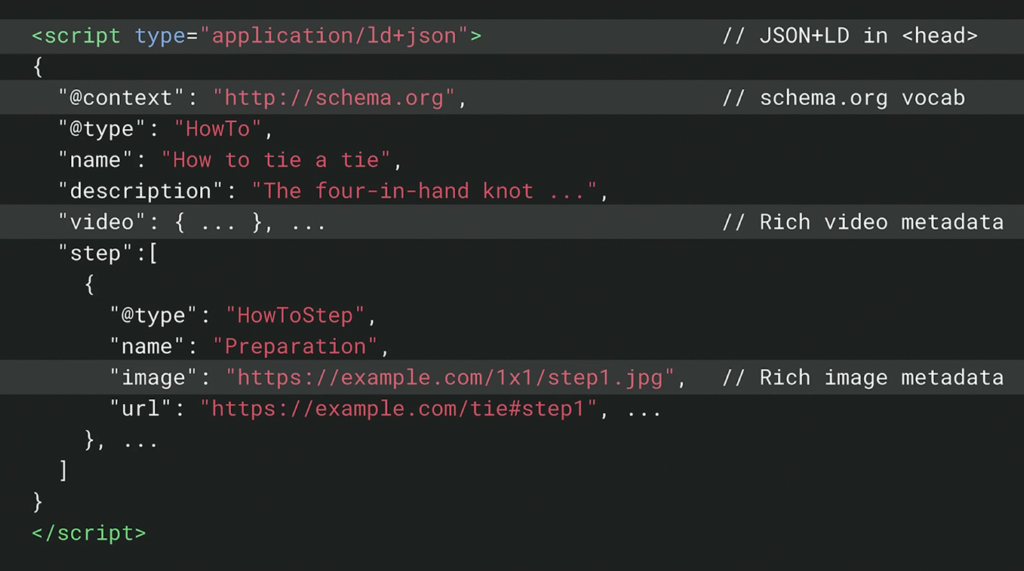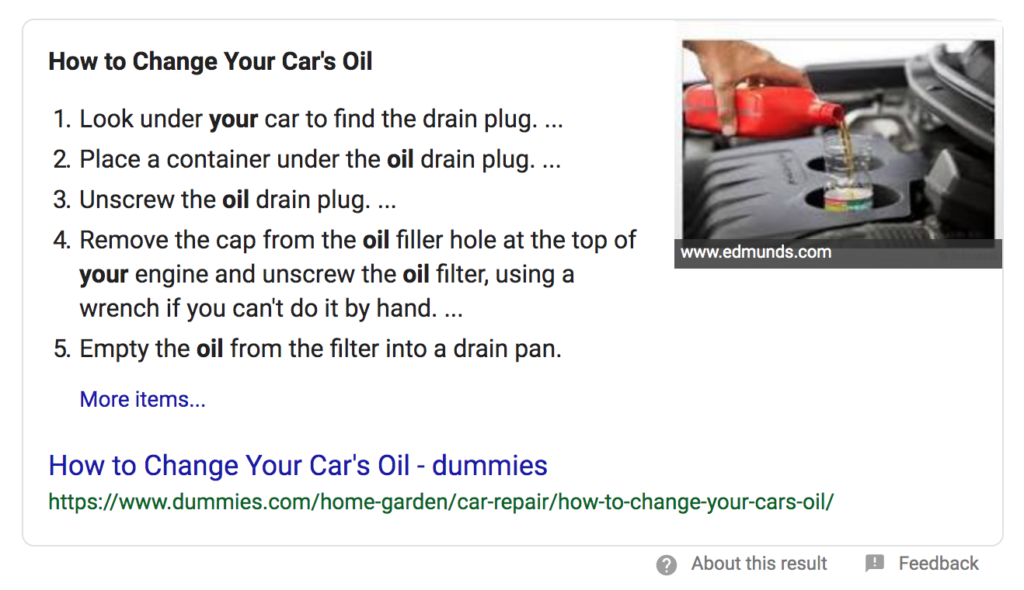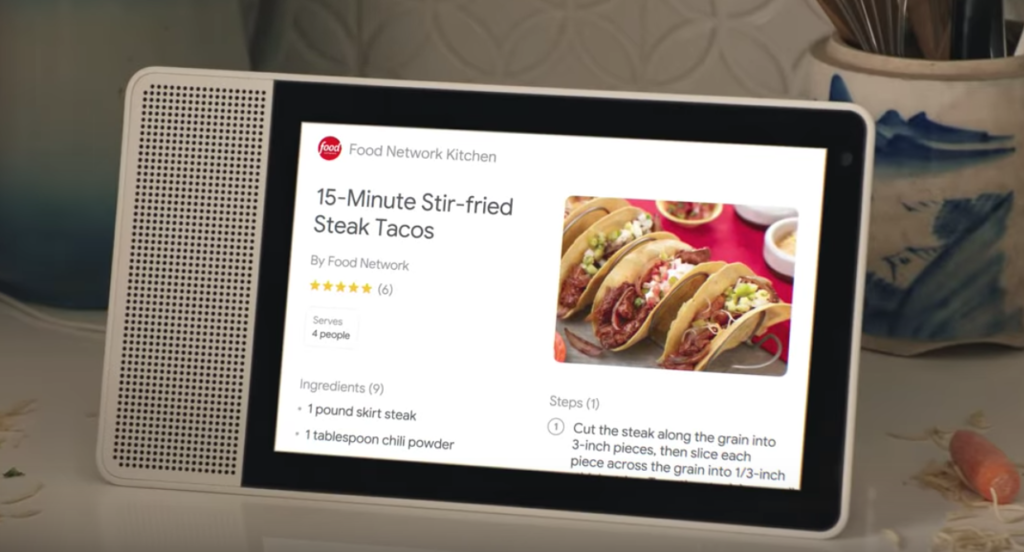Earlier this month, at Google I/O 2019, representatives announced several updates and additions to its structured data types. These data types have the power to enhance your website’s reach via organic search and through Google Assistant. If you’ve never heard the term “structured data” before, DON’T WORRY! We’ll explain more on that in just a bit.
Your Customers are ‘Making Google Do It’
Depending on your industry, you might assume that your customers are not searching for you using Google Assistant, but I’m here to change your mind. In the ever-evolving worlds of technology and organic search, user behaviors continually change to accommodate their preferences in how they find you and in what ways they engage with you.
Users are engaging with digital content at more touchpoints than ever before, and smarthome devices powered by Google Assistant are now a part of that equation. In 2018, Google Assistant active users increased by 4X, and it is available on more than 1 billion devices in nearly 30 different languages.
What is Structured Data?
Structured data on a website is specifically formatted code written in a way that search engines can understand it.
Schema.org is a joint effort between Google, Bing, Yandex, and Yahoo! to “improve the web by creating a structured data markup schema supported by major search engines.” It defines the vocabulary you can use to add structured data to your website.
Essentially, structured data (or schema markup) helps search engines understand the information on your web pages and provide richer search results for users.

Google’s Structured Data Updates and Why You Should Care
Have you ever searched a “how to” question on Google and been shown a numbered list of instructions directly in the search results, without even needing to click on one of the links? That’s a featured snippet, and Google loves to show this type of rich result for popular how-to search queries.

Have you ever conducted a how-to search that is relevant to your business, been shown a featured snippet from a competitor’s website, and wondered why your website is not being displayed instead? Structured data can help!
And with Google’s updated How-to schema markup, your content will be eligible to reach even more audience members on their Google Home devices through Google Assistant.

It was announced at the I/O 2019 event that several of Google’s schema.org markups now support video objects. This update allows publishers to markup the video content on their websites to show up on Google Home Hub, adding to your brand’s digital reach and providing a more robust user experience.
Adding Schema Markup to Your Website
Our SEO team recommends deploying schema markup through Google Tag Manager. If your site does not utilize Google Tag Manager—and I HIGHLY recommend that it does—you can add your structured data directly to the source code of your site.
It’s worth mentioning that applying structured data markup to your pages does not guarantee rich results for your target keyword phrases. It is a great first step to increasing your organic visibility via search and Google Assistant, but Google may still decide to show content from a different website in its featured snippet position. Reasons for this vary depending on the quality of your content, your domain’s overall health, your industry and competitive landscape, etc.
Sadly, that’s another blog post for another time. But if you’d like to get a better understanding of why your site’s content may not be earning relevant featured snippets and other rich results, please send a note to our SEO specialists, or give us a call.
